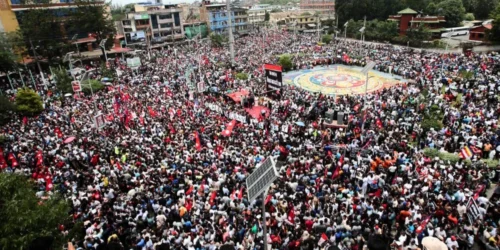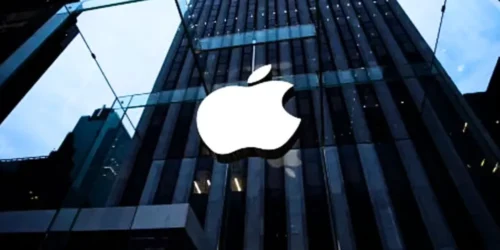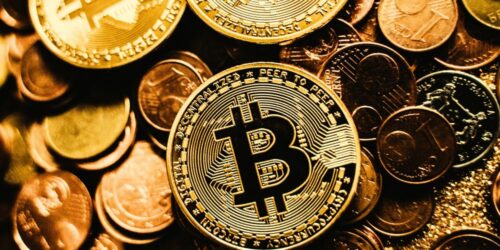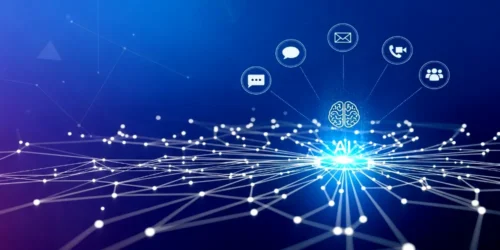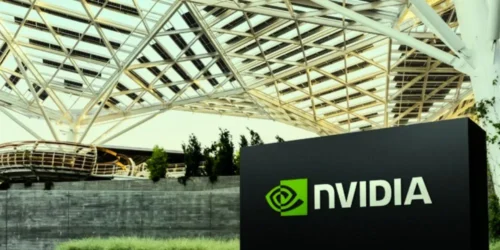We talk about the internet as if it’s a universal utility, as fundamental to modern life as electricity or running water. We work, learn, shop, bank, and connect on it. But for millions, this utility isn’t a powerful, rushing river; it’s a slow, unreliable trickle, or it isn’t there at all. This chasm is the digital divide, a term that once simply described the gap between those with internet access and those without. Today, that definition is dangerously obsolete. The digital divide has evolved into a complex crisis of speed, skills, and devices, creating a new form of systemic inequality that shadows our society and deepens existing disparities in opportunity and well-being.
Redefining the Divide: Beyond Simple Access
The old binary of the “haves” and “have-nots” no longer captures the reality of the digital world. As our dependence on the internet has grown, the criteria for meaningful participation have become far more stringent.
From Haves and Have-Nots to Have-Losses
The conversation has shifted. It’s no longer enough to ask, “Do you have internet?” We must now ask, “What kind of internet do you have?” A family relying on slow, spotty satellite internet or a smartphone’s limited data plan is functionally disconnected from a world that demands high-bandwidth video calls, online classes, and complex web applications. They are the “have-lesses,” technically connected but practically excluded.
The High-Speed Imperative
In the 21st century, speed is opportunity. Slow internet is a constant barrier. It means a student cannot stream their online lecture without constant buffering, a remote worker cannot reliably join a video conference, and a patient cannot have a clear, stable telehealth appointment with their doctor. High-speed broadband is no longer a luxury; it is the essential dial tone of modern economic and social life.
The Device Gap
Access to the internet is meaningless without a proper tool to navigate it. While smartphones are widespread, they are not a substitute for a laptop or desktop computer. Try applying for a job, writing a college paper, or navigating complex government forms on a small touchscreen. The device gap means that even with a connection, many lack the functional hardware to participate fully.
The Human Cost of a Disconnected Life
This is not an abstract technological problem. The digital divide has profound, real-world consequences, creating invisible barriers to opportunity and perpetuating cycles of poverty.
The Homework Gap
The image of a student sitting in a fast-food parking lot just to access Wi-Fi for their homework became a defining symbol of the pandemic. When classrooms went virtual, students without reliable home internet were left behind. This “homework gap” is a direct pipeline to educational inequality, penalizing students for circumstances far beyond their control.
Economic Exclusion
In a world where most job applications are online, a lack of digital access is a direct barrier to employment. It prevents people from searching for better jobs, acquiring new skills through online courses, or participating in the burgeoning remote work economy. This digital exclusion keeps people locked out of economic mobility.
Healthcare on the Wrong Side of the Screen
The rise of telehealth promised to make healthcare more accessible. Still, it simultaneously excluded those on the wrong side of the divide. The inability to book a vaccine appointment online, consult a doctor via video, or access personal health records creates a dangerous disparity in health outcomes.
The Deep Roots of Digital Inequity
The digital divide did not appear by accident. It follows the well-worn contours of historic and systemic inequality, disproportionately affecting specific communities.
Geography’s Tyranny: Urban and Rural Divides
In many rural areas, the primary issue is inadequate infrastructure. The cost of laying fiber optic cable to remote, sparsely populated regions is often deemed unprofitable by private companies, creating “broadband deserts.” In urban areas, infrastructure is often already in place. Still, high costs create an affordability barrier, leaving low-income households disconnected even when surrounded by high-speed networks.
The Affordability Barrier
For millions of families, a monthly broadband bill is a significant financial burden that competes with other essential expenses, such as food and rent. Government subsidy programs are helpful, but they can be difficult to navigate. They may not cover the full cost, leaving consistent access just out of reach.
The Shadow of Existing Inequalities
Unsurprisingly, the digital divide disproportionately affects communities of color, seniors, and people with disabilities. These are the same groups who have historically faced systemic barriers to education, employment, and wealth. The digital divide is not a new form of inequality; it is a modern manifestation of old ones.
Building the Bridge: Pathways to Digital Equity
Closing this chasm is one of the great infrastructure and social justice challenges of our time. It requires a multi-faceted approach that goes far beyond simply running cables.
Infrastructure as a Public Good
We must begin to treat high-speed internet as an essential public utility, just like the electrical grid or interstate highway system. This requires significant public investment to build out infrastructure in underserved areas, as well as policies that encourage competition and regulate prices to ensure affordability for all.
Beyond Wires: The Critical Role of Digital Literacy
Providing access is only half the battle. We also need to ensure people have the skills and confidence to use it. Digital literacy programs—often run by local libraries and community centers—are essential for teaching a range of skills, from basic computer skills to navigating the internet safely and identifying misinformation.
The Future is Digital; The Choice is Ours
As society continues to accelerate into a digital-first reality, the cost of inaction grows every day. The decisions we make now will shape the future of our economy and the fairness of our society.
Closing the Gap is Not Just a Tech Issue
This is fundamentally a matter of social and economic justice. A nation with a vast digital divide is a less resilient, less competitive, and less equitable nation. Ensuring universal access is an investment in our collective future, unlocking human potential and strengthening the fabric of our communities.
Conclusion
The digital divide is no longer a simple gap but a deep and complex canyon separating those who can fully participate in the modern world from those who are being left behind in the digital dark. It is a crisis of infrastructure, affordability, and skills that exacerbates educational disparities, stifles economic mobility, and limits access to essential services. To bridge this divide, we must move beyond outdated definitions and recognize broadband as the essential utility it has become. The task requires bold investment, a commitment to digital literacy, and the political will to build a society where opportunity is not determined by the quality of one’s internet connection. The choice is ours: to accept a fractured, unequal digital future or to build the bridges that will connect everyone to the promise of the 21st century.



